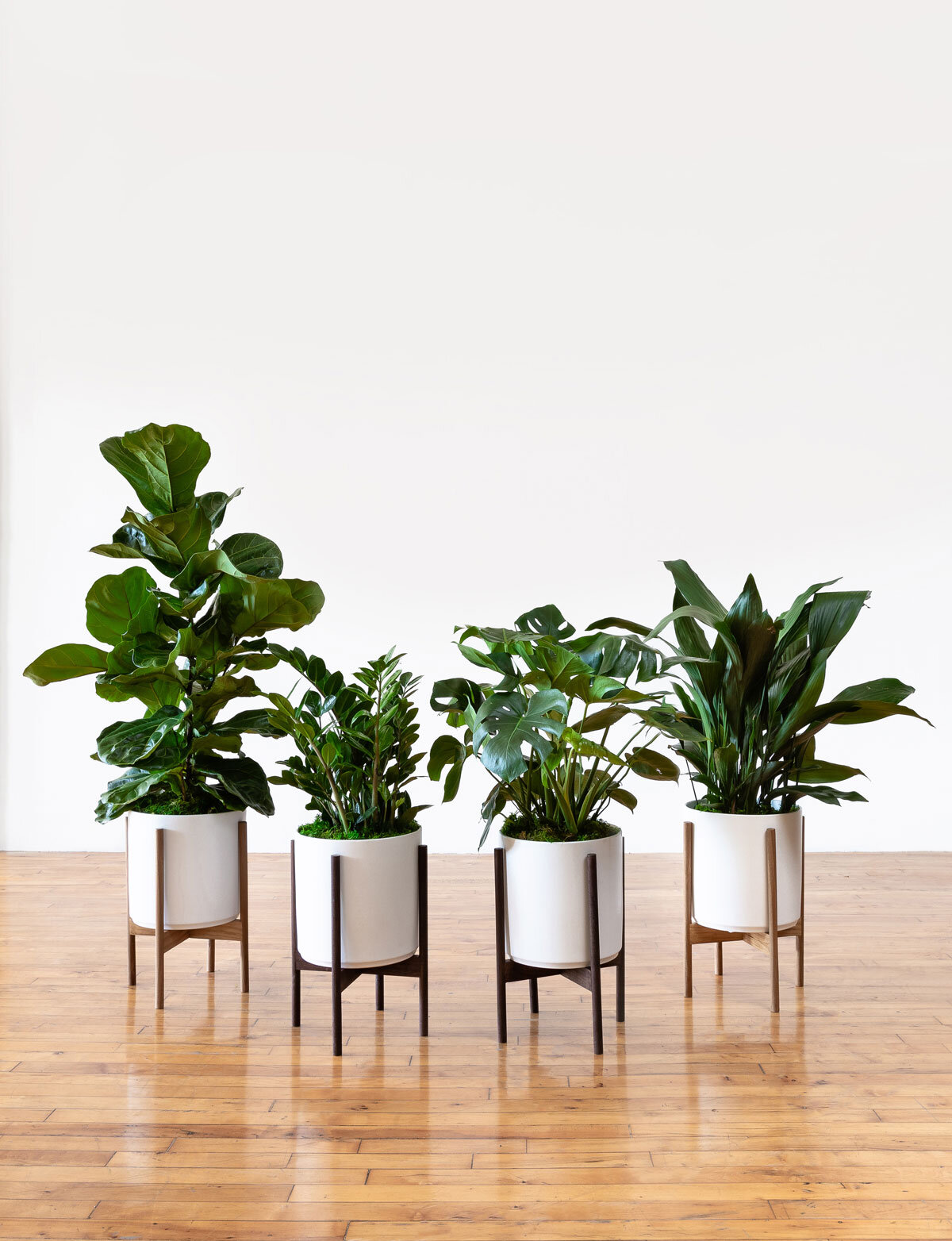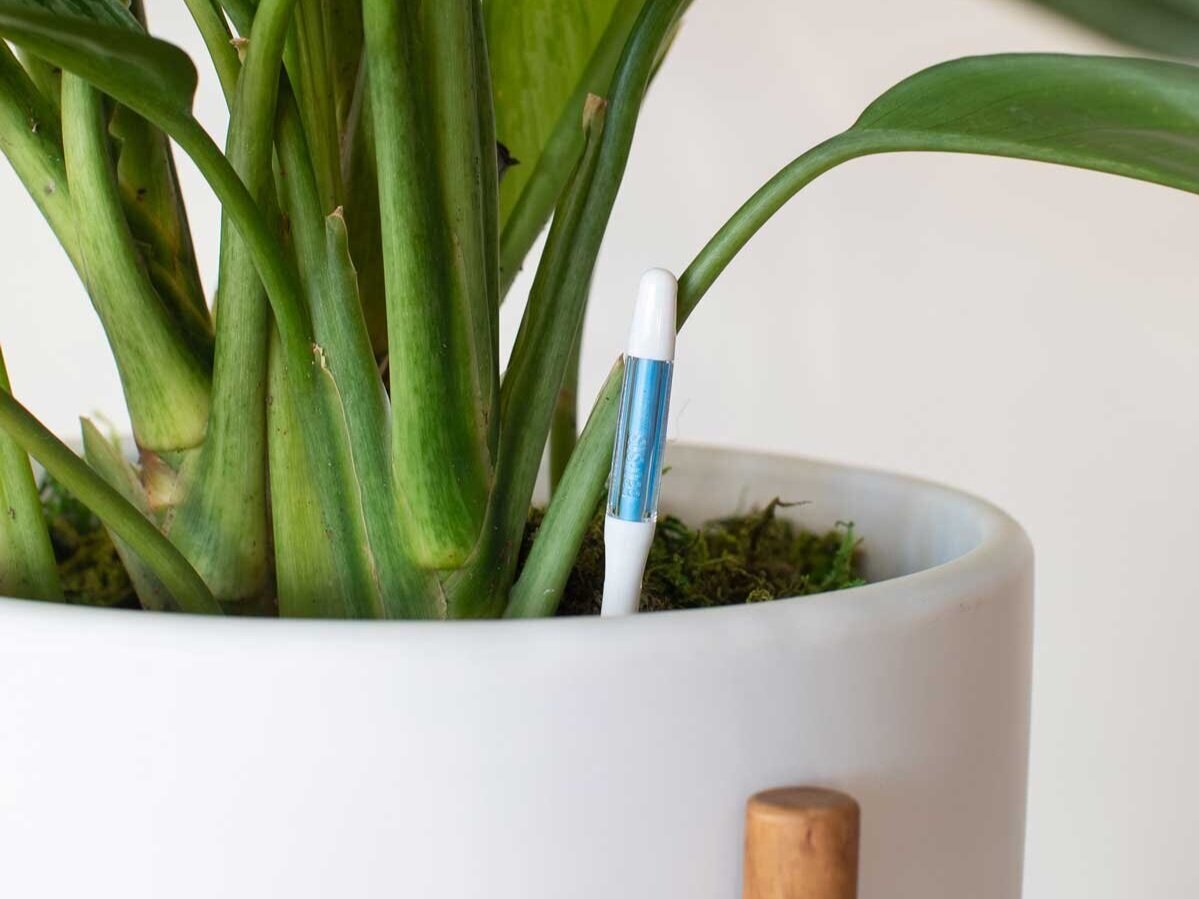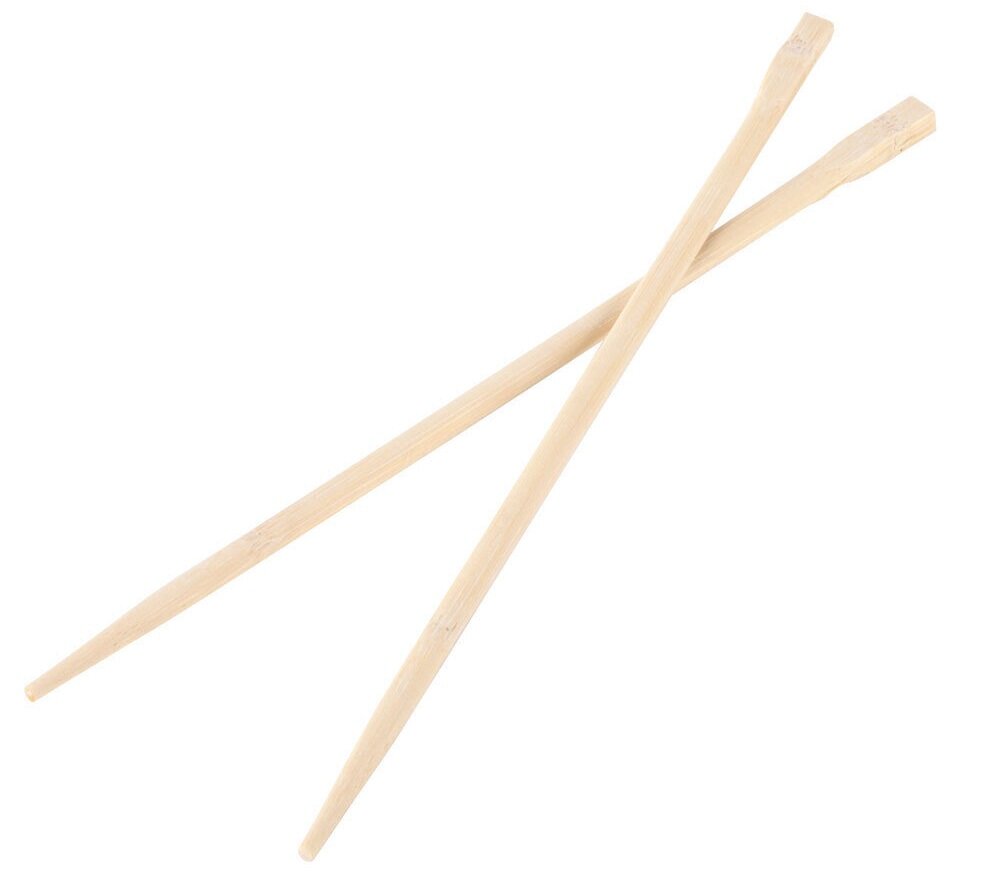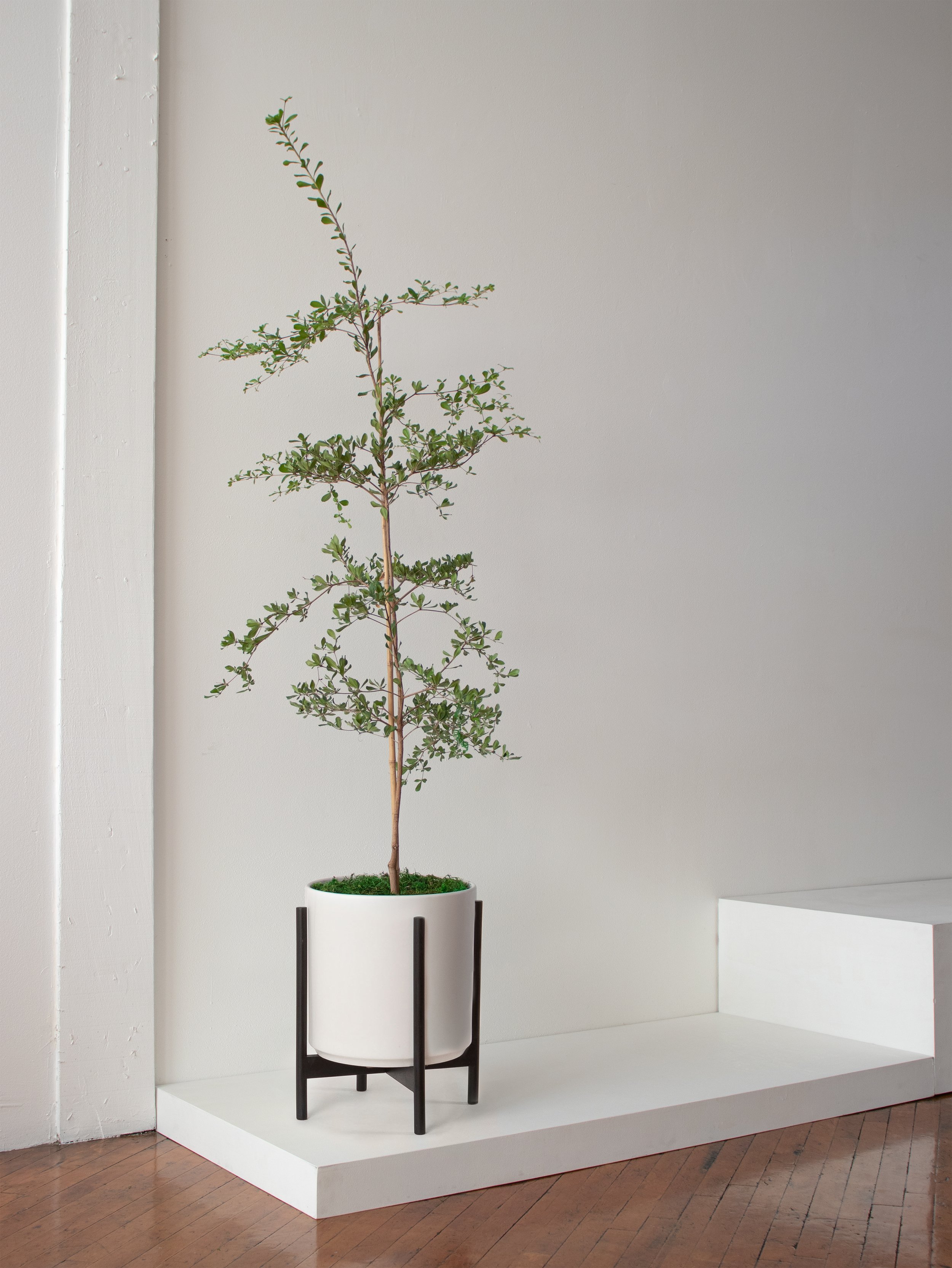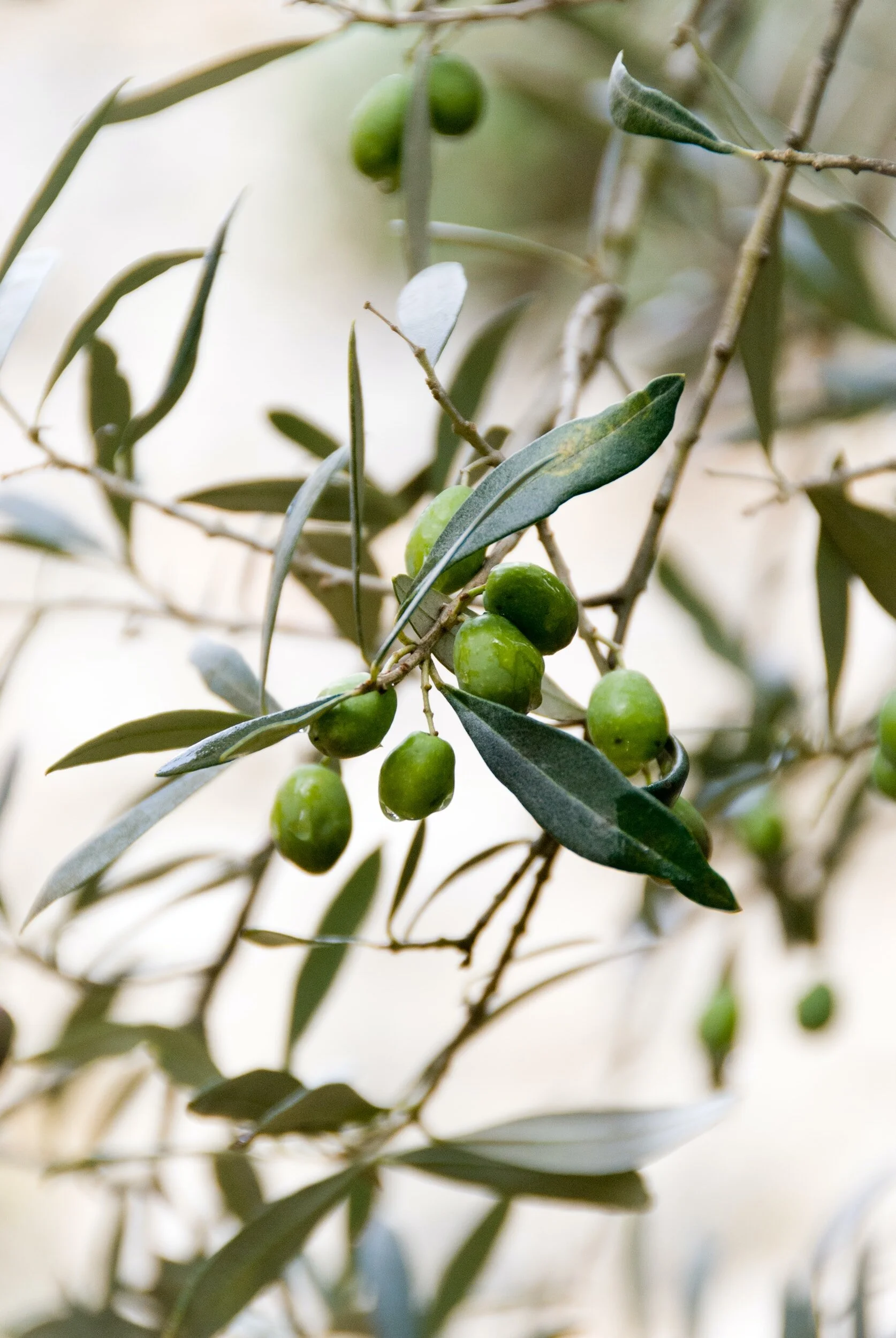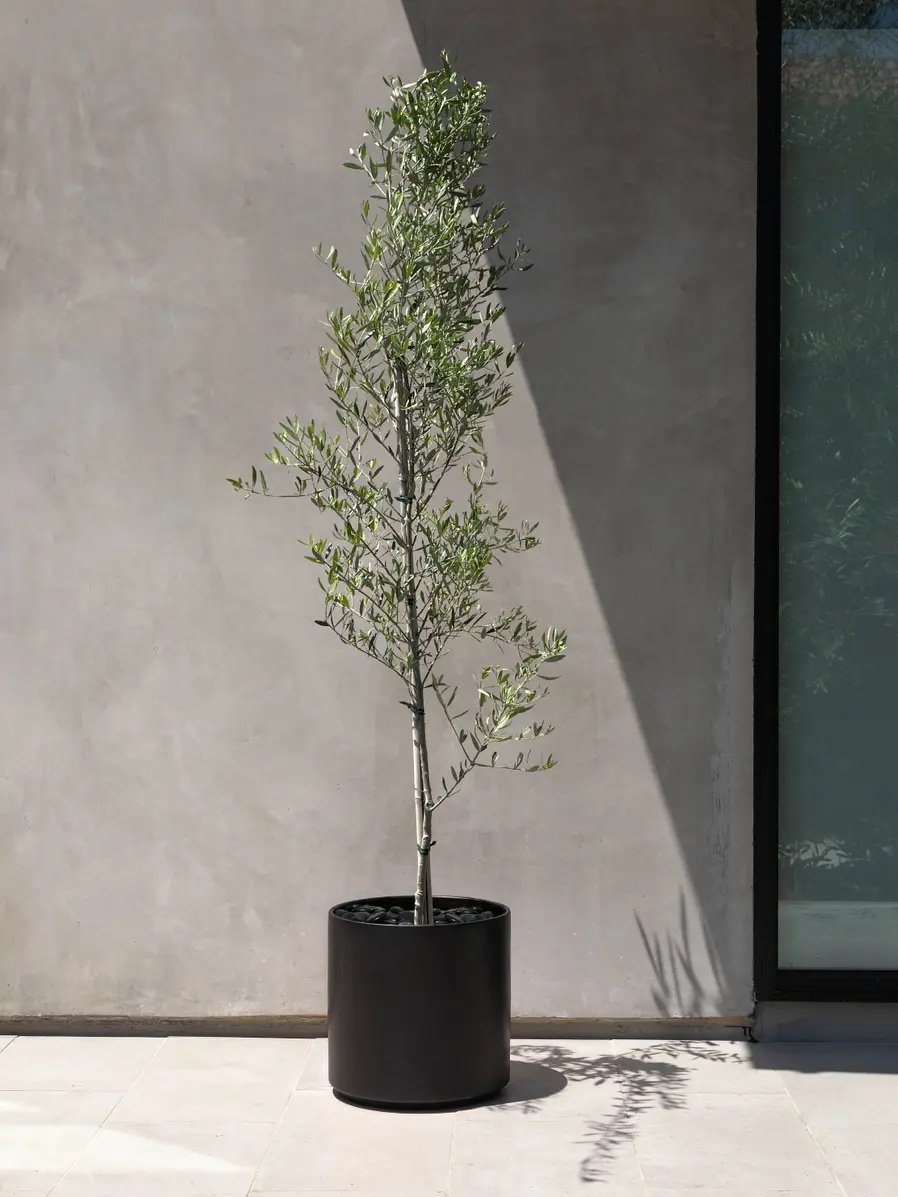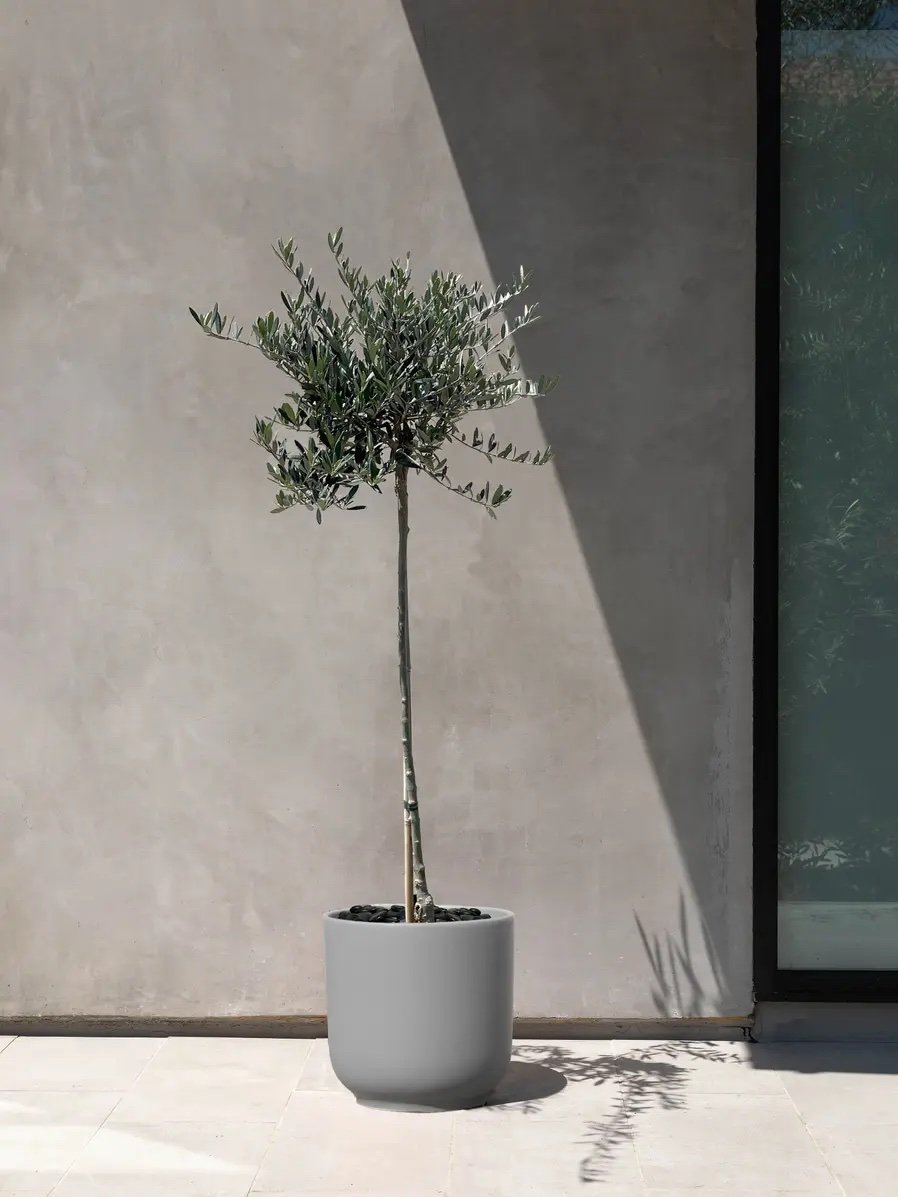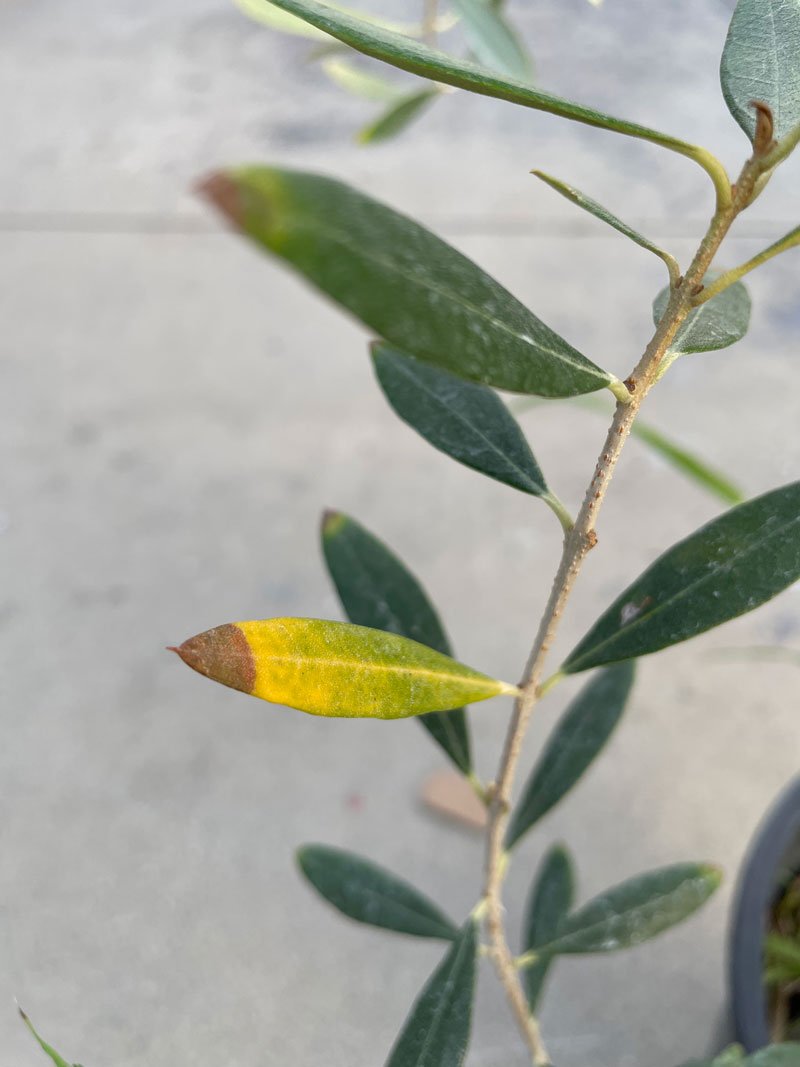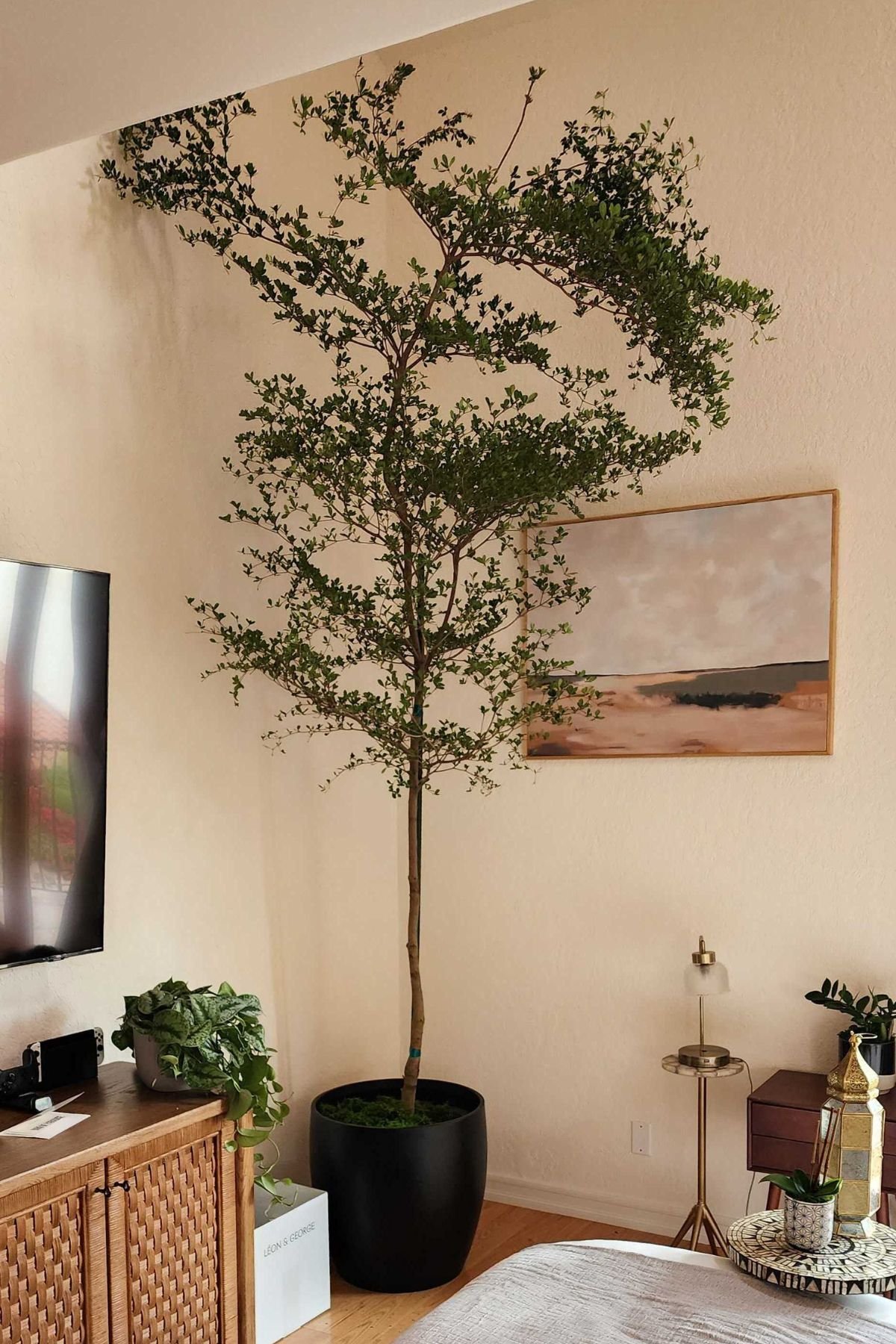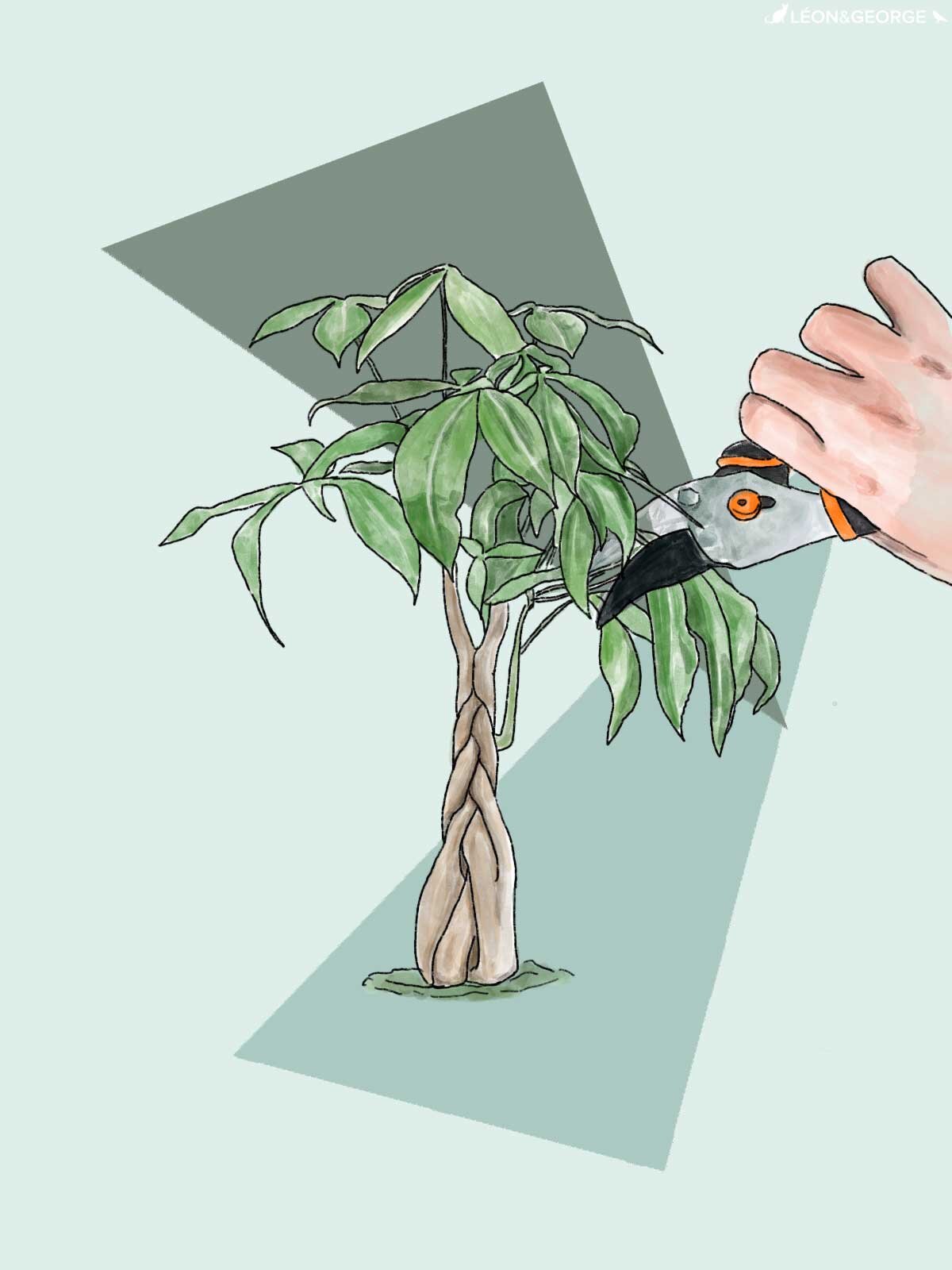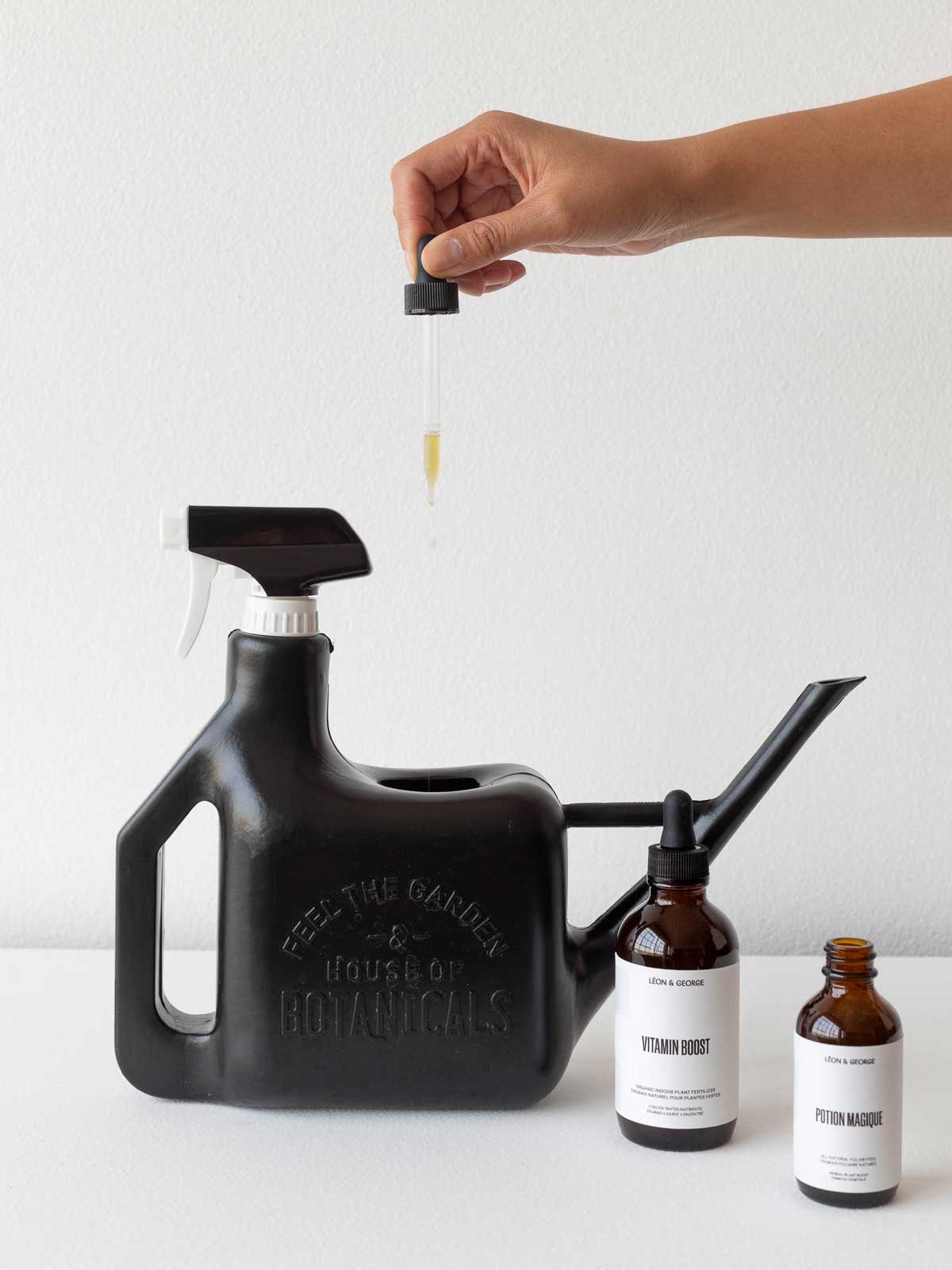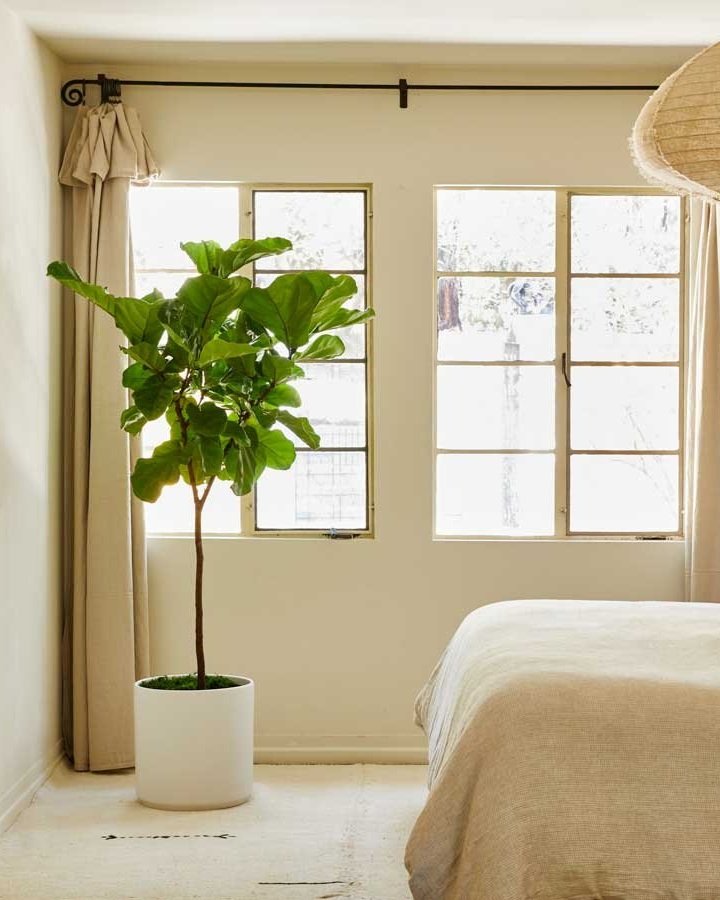Elevate your bathroom oasis with the natural beauty of living greenery. Shop online at Léon & George
Decorating your bathroom with plants is a fantastic way to bring a touch of nature into a space you use every day! However, it's essential to choose plants that can thrive in the unique conditions of a bathroom environment. In this article, we'll explore what you need to know before decorating your bathroom with plants, including the best plant options, lighting considerations, and tips for maintaining a healthy and stylish green space reminiscent of a tropical oasis!
Lighting Considerations
Before adding plants to your bathroom, assess the lighting conditions. Many bathrooms have limited natural light, so it's crucial to choose plants that can thrive in low or indirect light. Consider the following tips:
Place Plants Near Windows: If your bathroom has a window, position your plants near it to maximize exposure to natural light.
Choose Low-Light Tolerant Plants: Opt for plants that can thrive in low-light conditions, such as ZZ plants, Snake Plants and Ferns. These varieties can adapt to the subdued lighting often found in bathrooms.
Use Grow Lights: If natural light is insufficient, consider supplementing it with artificial grow lights. LED grow lights are energy-efficient and can provide the necessary light for your bathroom plants to flourish.
Bathroom Humidity
The bathroom tends to be a relatively humid space, so consider investing in plants that enjoy this type of atmosphere. Luckily many popular houseplants hail from tropical environments that are naturally humid, so rest assured there is plenty to choose from! Here are some popular humidity-loving plants that would do well in the bathroom:
Looking for ever more ideas? Check out our full list of best plants for the bathroom.
Transform your bathroom vanity with Cascading Pothos – the perfect touch of green.
Finding Mold on your Plants in the Bathroom
Because of the humid conditions in a bathroom, it is not uncommon to find light growth on the soil of your plants. This is almost never harmful, and can sometimes even be beneficial for the health of your plant! If you don’t like the way it looks, feel free to scrape it off and even consider sprinkling the soil with cinnamon to avoid it coming back.
Maintaining Your Bathroom Greenery
To ensure your bathroom plants remain healthy and vibrant, follow these maintenance tips:
Watering: Be mindful of your plant's water requirements. While ferns prefer consistently moist soil, succulents like Zanzibar Gems prefer to dry out between watering. Adjust your watering routine based on the specific needs of each plant, and note that many plants will require a lot less frequent watering when living in the humid conditions of the bathroom.
Pruning and Grooming: Regularly remove yellow or dead leaves to encourage new growth and keep your bathroom oasis looking fresh. Prune your plants as needed to maintain their shape and size.
Rotate Plants: To ensure even growth, periodically rotate your plants. This helps prevent uneven growth and promotes healthier, more balanced plants.
Creating a Stylish Bathroom Oasis
Now that you know what to consider before decorating your bathroom with plants, it's time to transform your space into a stylish and green oasis. By choosing the right plants, optimizing lighting, and implementing proper maintenance, you can enjoy the beauty of nature in one of the most intimate spaces in your home. Explore different plant varieties, experiment with arrangements, and turn your bathroom into a refreshing haven with the power of greenery!
Designed to Thrive
Premium plants, potted and delivered, plus lifetime access to 24/7 Plant Doctor support.


